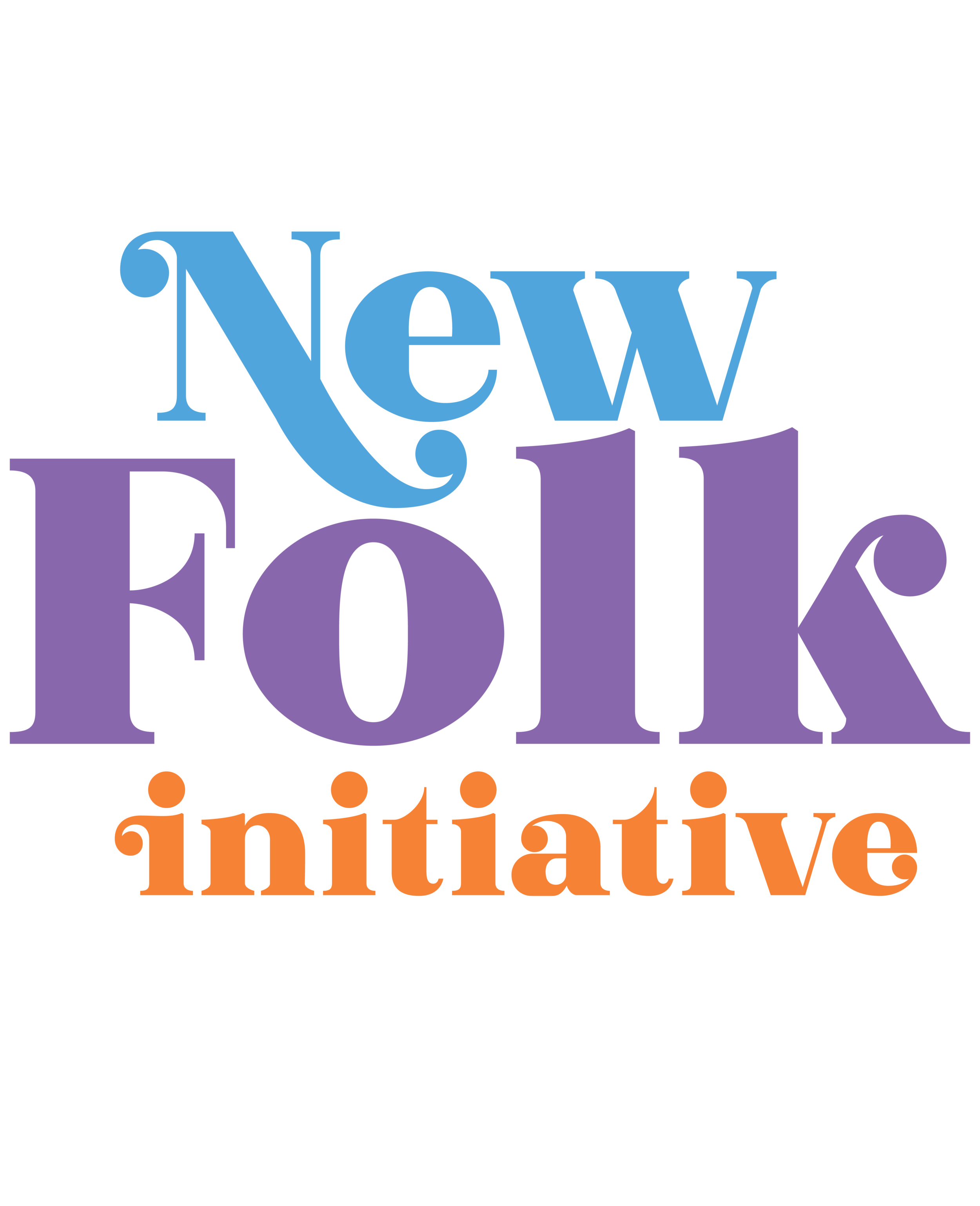Spotlight Album Review: Amy Speace "Tucson'
Initially it’s confusing that Amy Speace, who grew up in Baltimore and lived in New York before settling in Nashville, should title her new seven-song EP Tucson. Further explanation reveals that she spent part of the summer of 2020 at Cottonwood de Tucson, a treatment center for “trauma, complicated grief and depression.” She had unresolved issues, apparently about a date rape in college, which got unearthed, and like Allison Russell’s brilliant Outside Child, they poured out in songs. And so, just a year after her last album, There Used to Be Horses Here, we have Tucson.
The title track “Cottonwood” is the most explicit about the process she went through. She refers to a “famed music man” (unknown) who caused the trauma that led to “dragging this old weight around.” With somber strings underscoring her vocals, “let me in,” she appeals to the treatment center. But despite the dark mood, there is “faith between the words.”
“If You Fall” is slightly more upbeat, reminding “how strong you are…you’re not alone” – a song of resilience to herself? Certainly the message “tears will heal you” is part of the record’s intention. Likewise, the symbolism of the wolf and Little Red Riding Hood in “Little Red” is encouraging girls not to feel alone, and “Blues for Joy,” though hardly joyful with its dark string arrangement, also insists, “I don’t feel I belong in this world so mean and hard.”
Over time Amy has made self-improvement a priority. She once spent a week in silent meditation and after many years succeeded in getting sober. Inspired by her husband’s degree in creative writing, she’s working on her Masters of Fine Arts degree in poetry. Like many she’s been inspired by Mary Oliver’s descriptions of flora and fauna. As she greets the new day in “Why I Wake Up (For Mary Oliver,” she writes, “the poetry moves me to open my arms and pay more attention to you than to me.”
“Why I Wake Up” signals a shift in tone to the record. Backed by producer Neilson Hubbard, Josh Britt, and Ben Glover (a.k.a The Orphan Brigade), it harkens to their collaboration on There Used to Be Horses Here, which, following her son’s birth, processed her father’s death. Here “The Offering” welcomes her father into heaven with swelling strings and a refrain of “hallelujahs.”
The finale is a cover of Bruce Springsteen’s “My Father’s House” from Nebraska. A dream of a child “trying to make it through the forest before the darkness falls,” the song concludes:
My father's house shines hard and bright
It stands like a beacon calling me in the night
Calling and calling so cold and alone
Shining 'cross this dark highway where our sins lie unatoned
The forest image echoes one of Amy’s heroes, Stephen Sondheim, as does the belief that we are not alone. Perhaps in Tucson, as well as There Used to Be Horses Here, Amy is able achieve closure. It’s not pretty (in her press photos she seems determined to avoid glamour), but in truth there is beauty. Like her friend Mary Gauthier, she has become more fearless and in doing so has achieved a higher form of art.
(Photo Neilson Hubbard)
